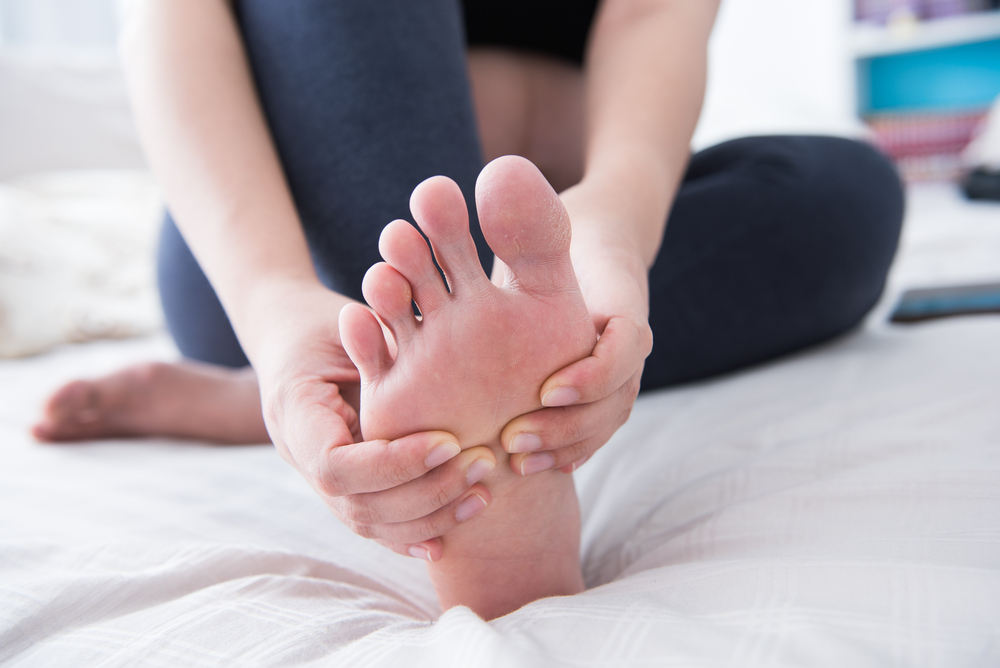Foot Healthcare for Scleroderma Patients Inadequate, Needs Improvement, Study Says

People with systemic sclerosis (SSc) frequently experience foot problems, but foot assessment and healthcare for SSc patients are still inadequate, according to new research.
The study, “Biomechanical Podiatric Evaluation In An Italian Cohort Of Patients With Systemic Sclerosis: A Pilot Study,” was published in the European Journal of Rheumatology.
Foot problems may be frequent in people with SSc — often called scleroderma — but there is still limited information about this condition and how to best evaluate foot changes associated with the disease.
Researchers analyzed 25 Italian SSc patients using standards of care for people with foot musculoskeletal problems, including measures such as the audit tool (a series of questions to evaluate foot health services); foot function index (FFI, a measure of pain and disability); weight- and non-weight bearing foot joint assessment (assesses foot deformity, posture and gait); health assessment questionnaire (HAQ, measures disability and general health); and the medical outcomes survey short form 36 (SF-36, a self-report of the quality of life).
The audit tool showed that only seven patients had specific foot evaluation and treatment. None of the patients had their feet evaluated in the first six months after their SSc diagnosis, or knew that foot health can be compromised in this disease. Only one patient received a foot assessment every year, and only one had received specific information about SSc. Five patients had been informed about the benefits of using adapted footwear and insoles.
Foot analysis showed that the average intensity of pain and disability was approximately 50 percent, whereas foot activities were limited to approximately 30 percent of patients in the study. Also, most patients (64 percent) had a rear foot varus deformity, among other anomalies. The ankle joint was normal in most patients, and 34 percent had a limited dorsiflexion with the knee extended.
“Over time, foot deformities and trauma from footwear can increase the risks of damage to the surrounding skin, resulting in a loss of skin integrity that may lead to foot ulcers,” researchers wrote.
Several patients also had abnormal gait movement, which may be due to foot deformities and an attempt to compensate. This may also explain why patients reported a negative impact on their quality of life.
However, researchers noted, “plantar orthotic therapy, by increasing the patient autonomy, can reduce pain and disability and improve the [quality of life].”
Overall, the team believes these results support the idea that the impact of SSc on foot health is still poorly assessed and is in need of improvement.
“Communication between the rheumatologist and podiatrist should be strengthened in order to address foot problems adequately and not to underestimate them,” the researchers wrote. “Moreover, SSc should be treated by a multidisciplinary team, and current practice should include a podiatrist in order to assess foot problems and then create a therapeutic plan.”
“Care of the foot is an important part in the management of patients with SSc,” the team concluded. “An improved information system would facilitate the self-management of low-risk problems and would be useful in identifying high-risk problems.”






